The word “Aru” in Tamil means pathway. The noun “padai” is derived from the verb form “padu,” which denotes directing or guiding. When ‘Aru’ and ‘Padai’ are joined together to form “Atruppadai,” it gives the meaning of providing guidance or directing towards the ultimate goal.
A devotee of Muruga who has already benefited from His grace may wish to provide guidance to another eligible devotee in the path of spirituality so that he may also reach the abode of Muruga. It is this process that is the central theme of “Thirumurugatruppdai.”
Thirumurugatrupadai is divided into six chapters. In due course of time, these have been taken to identify the six holy shrines of Muruga, namely Thirupparangundram, Thiruchendur, Thiruaavinangudi, Thiruveragam, Kundruthoradal, and Pazhamudhircholai. And the word Atruppadai Veedu was changed to “Arupadai Veedu” in due course. Also, the word Padai veedu also denotes “capital region,” so it may also be taken to mean the capital regions of Lord Muruga, who reigns supreme.
Muruga, also known as Arumuga, is the Lord of infinite grace. Just as grace flows from the six sacred faces of Arumuga, there are six sacred abodes, known as Arupadai Veedu, which also symbolise his grace. The six holy places represent the six divine qualities of the Lord.
Tirupparankundram relates to the joyful nature of the Lord (Ullasam); Tirucheeralaivoi refers to the state of steadiness without mental disturbance; Tiruvavinangudi symbolises yoga; Thiruveragam signifies preaching, Kundruthoradal relates to the state of pleasure; and Pazhamudhir Solai signifies the Supreme and sublime state in which he always appears.
Oh Muruga! Are you not the Lord who, ever remains in bliss and has pleasant communication with your devotees?” says Saint Arunagirinathar in his opening verses of Kandar Anubhuthi. It is believed that Lord Muruga would reside in the hearts of those who worshipped His six sacred temples, the Aaru Padai Veedu, and recited His six-letter Shadakshara Mantra. In his immortal verses, Kandar Kalivenpa, Kumaragurupara Swamigal, says, “Having worshipped His six sacred abodes and by reciting His six-letter sacred name, I experienced the presence of Muruga within.”
Lord Arumuga resides in the six life centres of our body, where he is worshipped through our inner conscience. The same worship is done through the physical self by way of worshipping these six sacred shrines (Arupadai Veedu), where the Lord resides and showers his blessings on all his devotees.

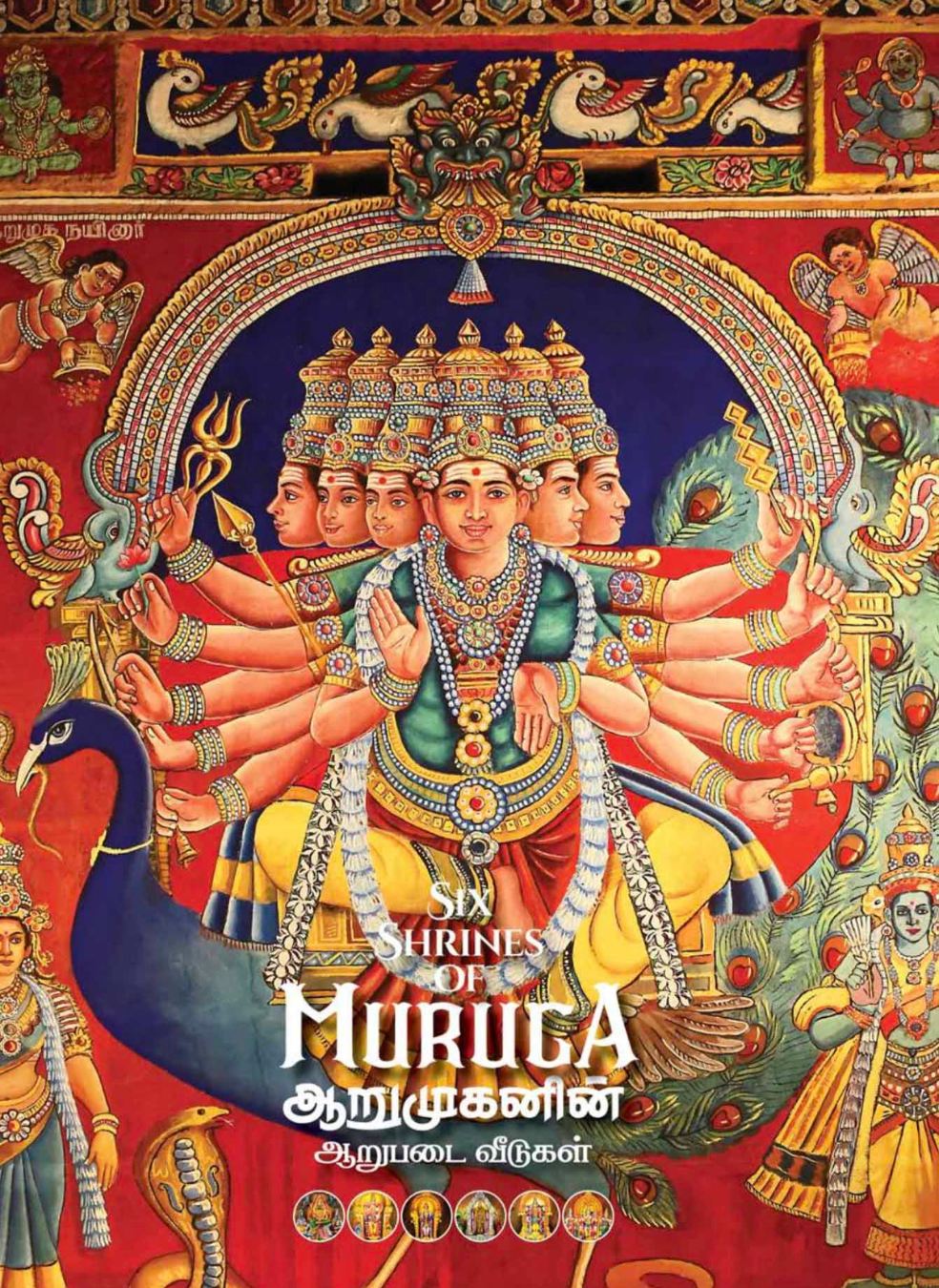
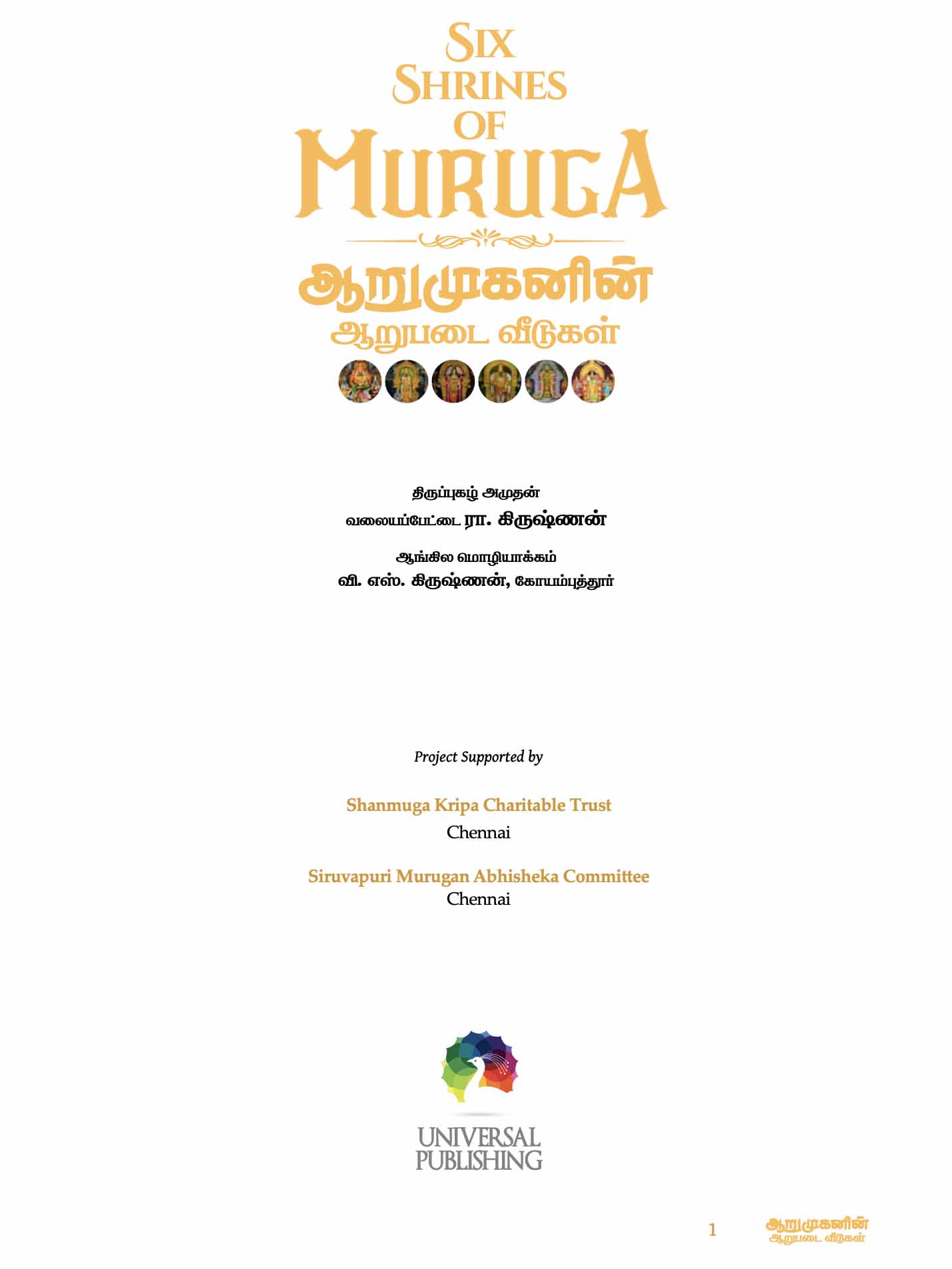
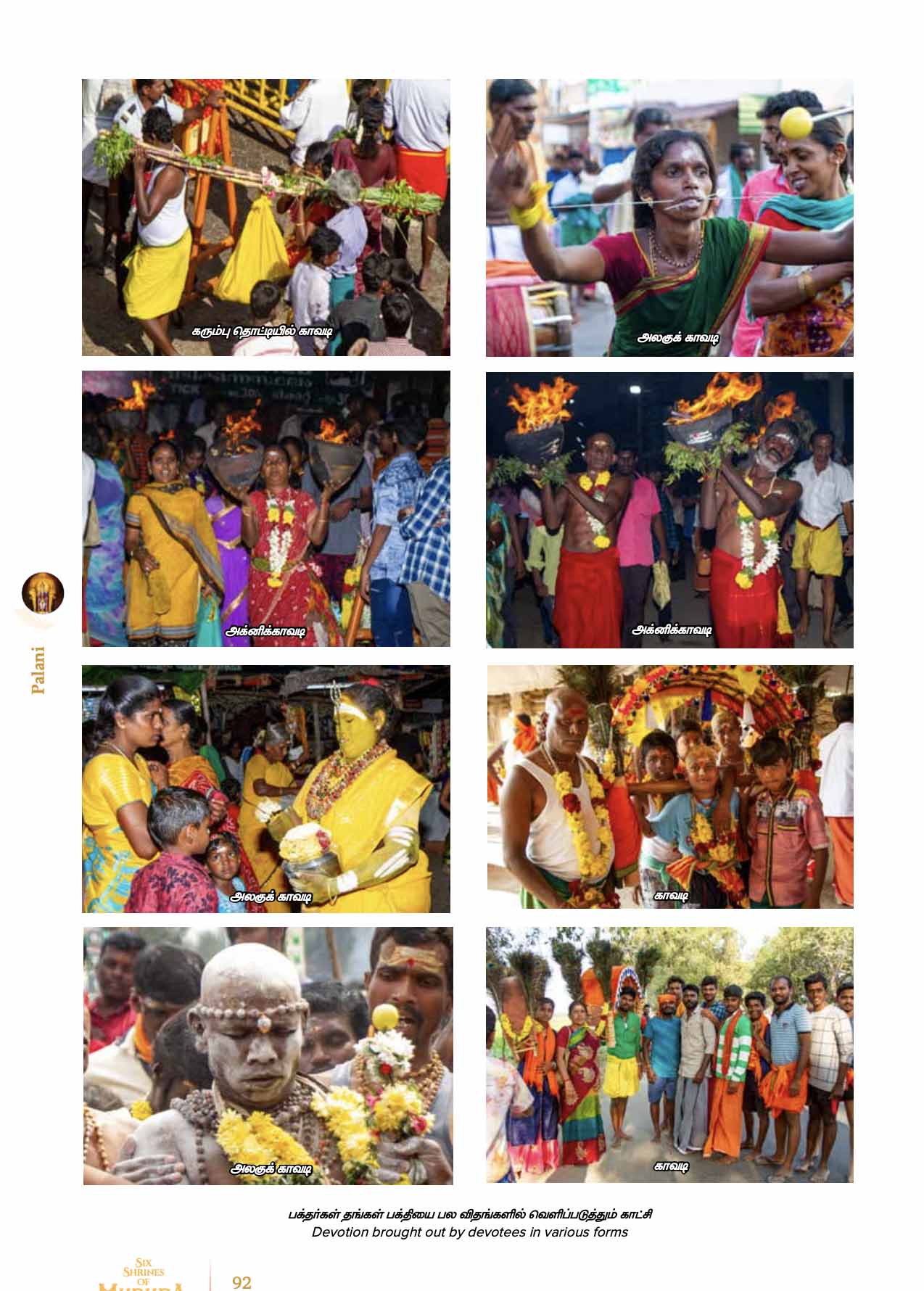
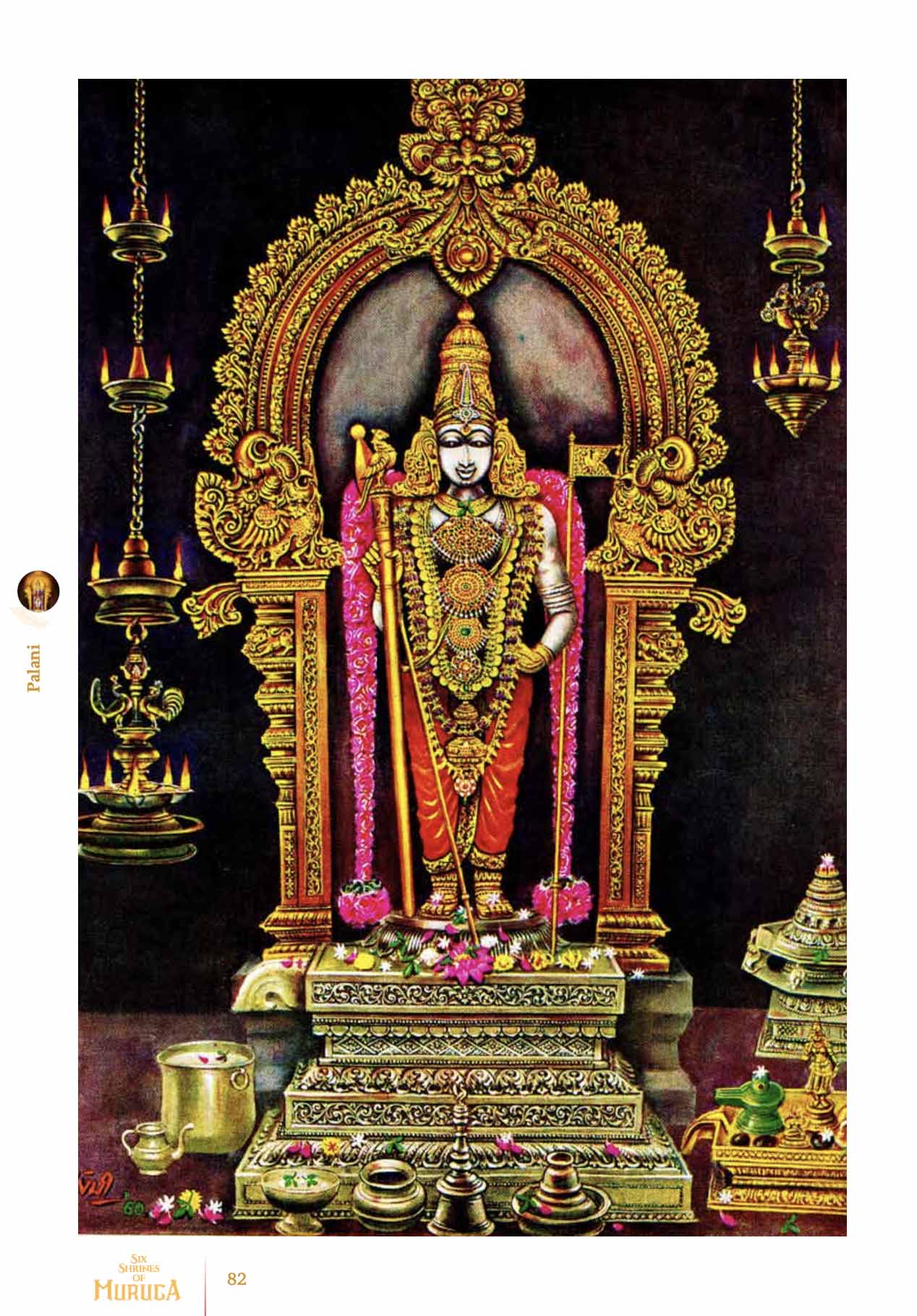
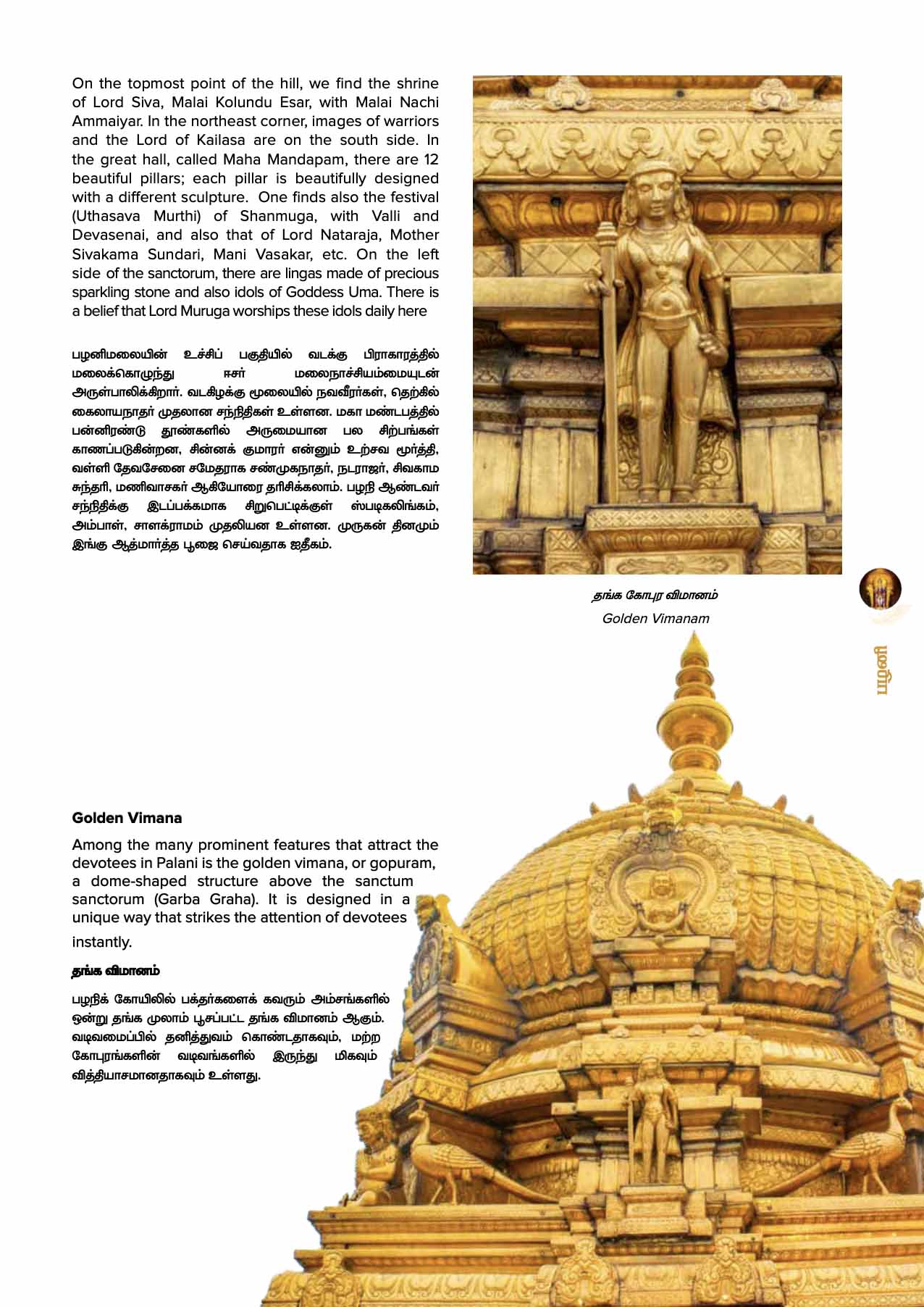
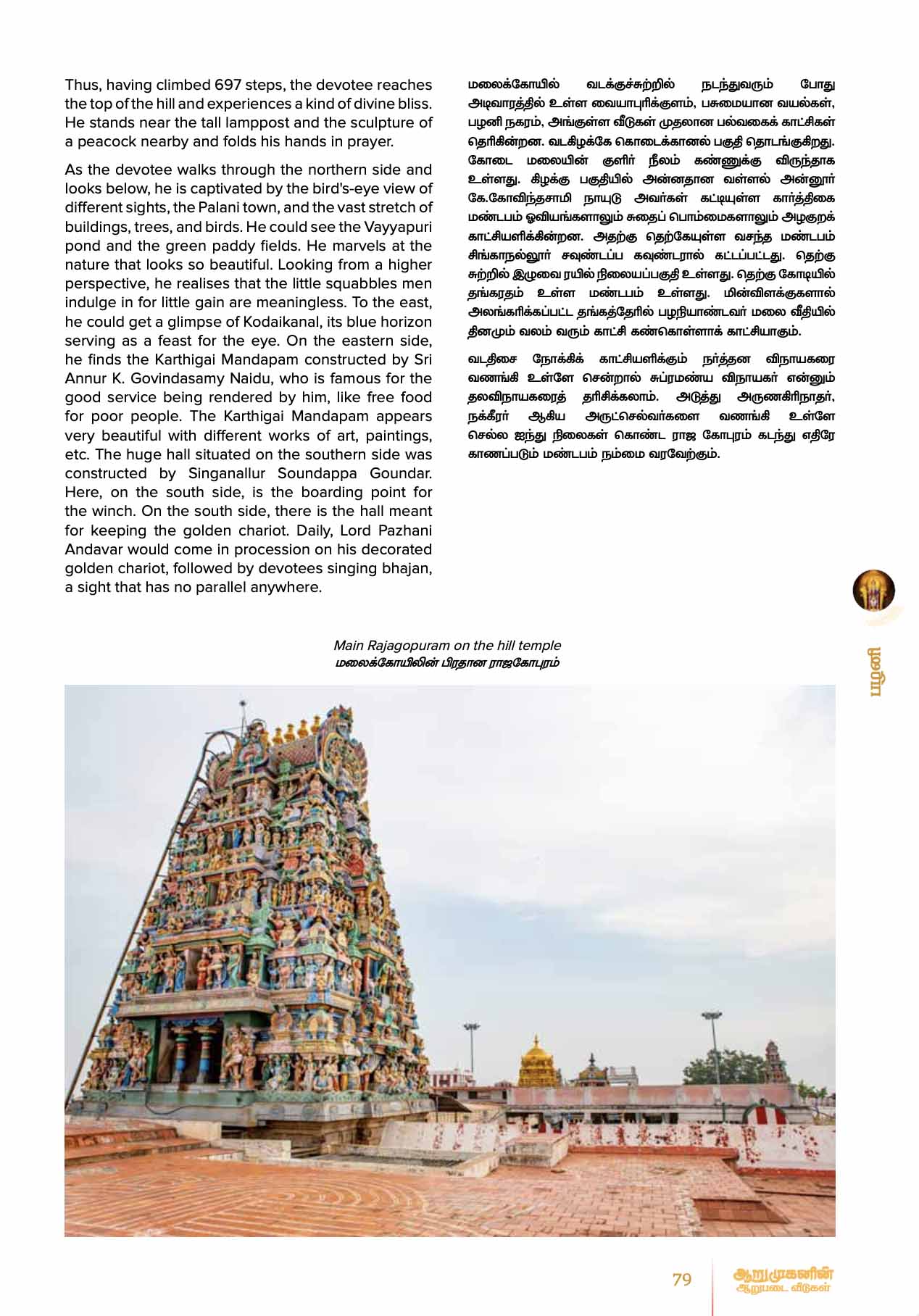
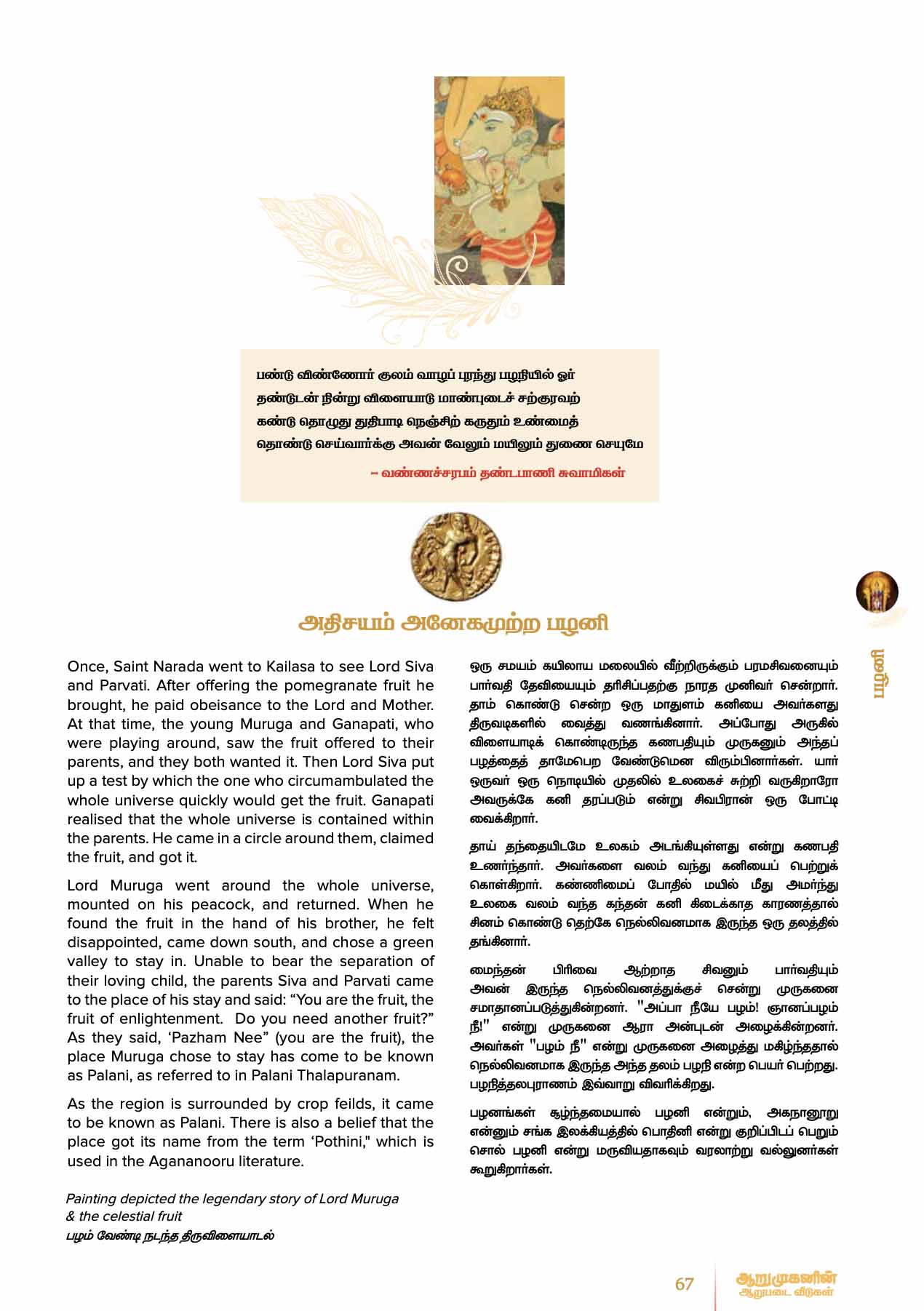
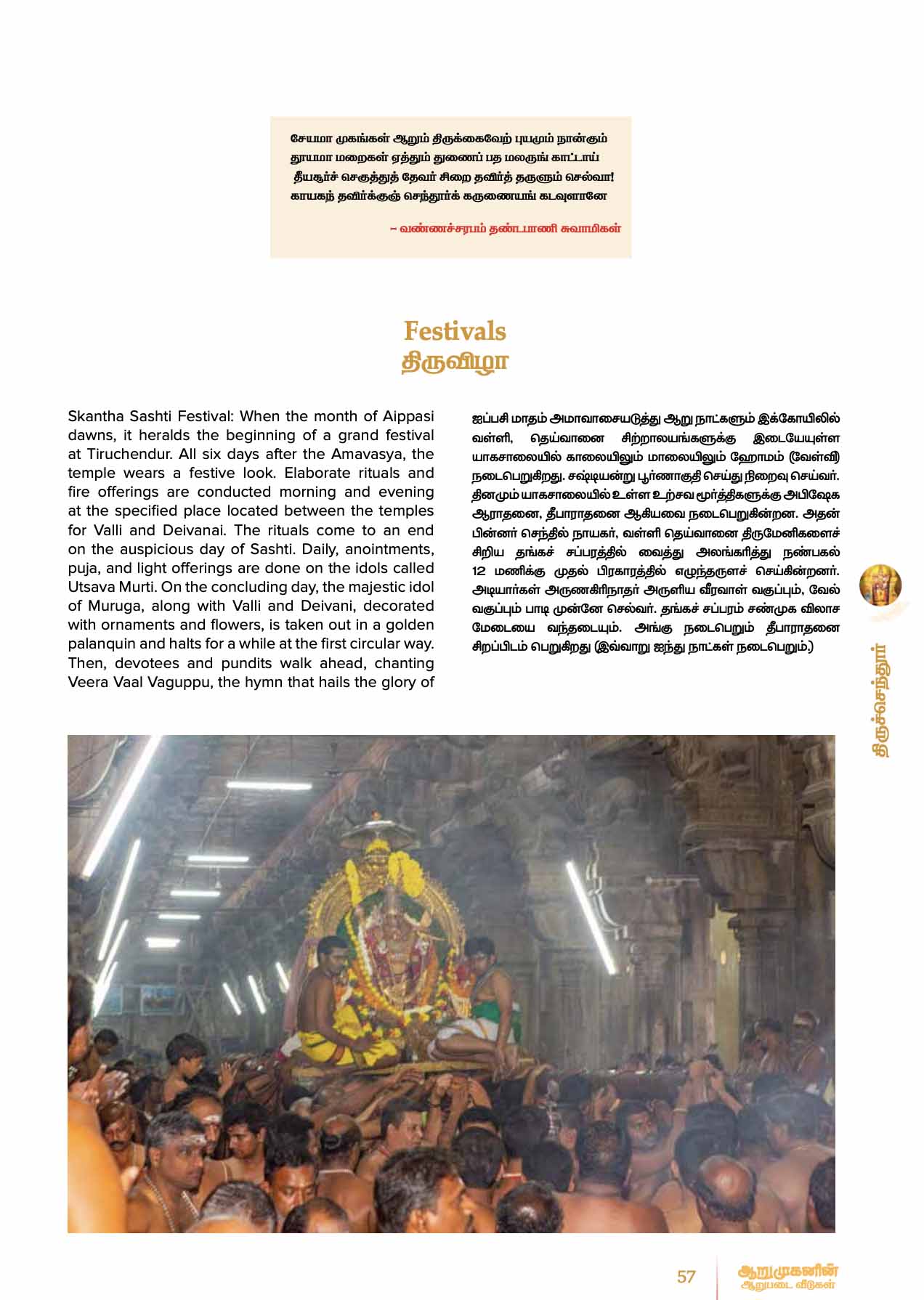
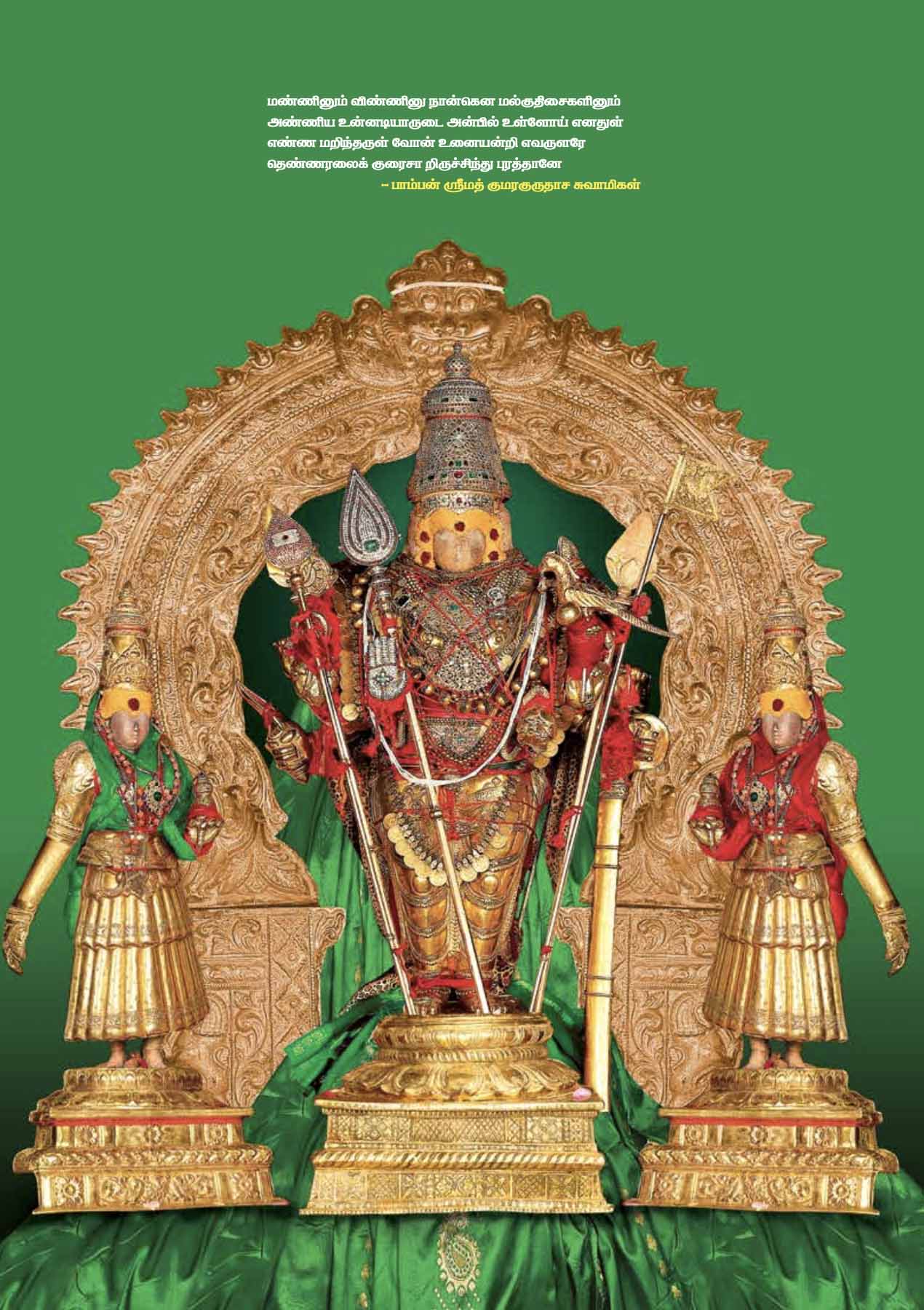

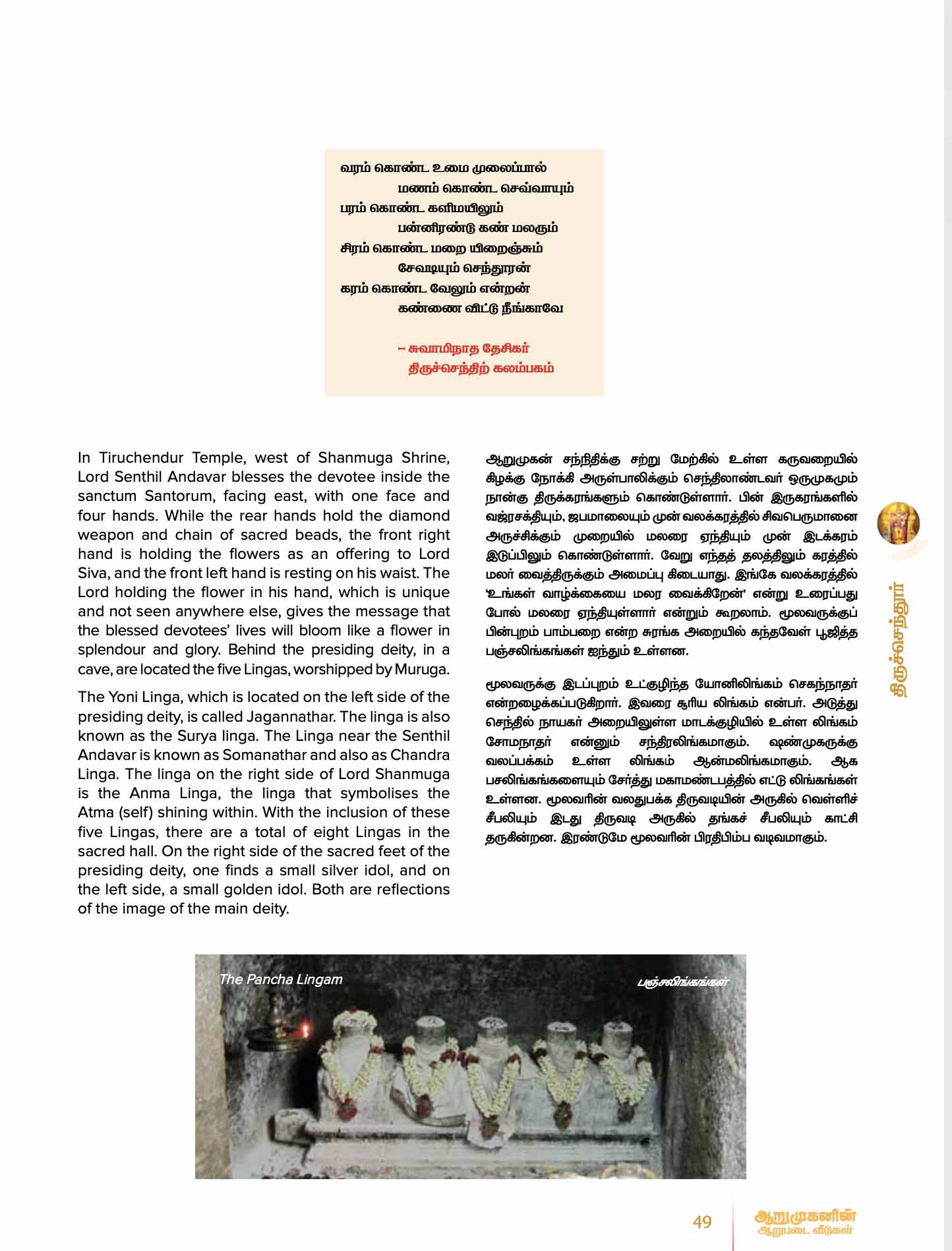
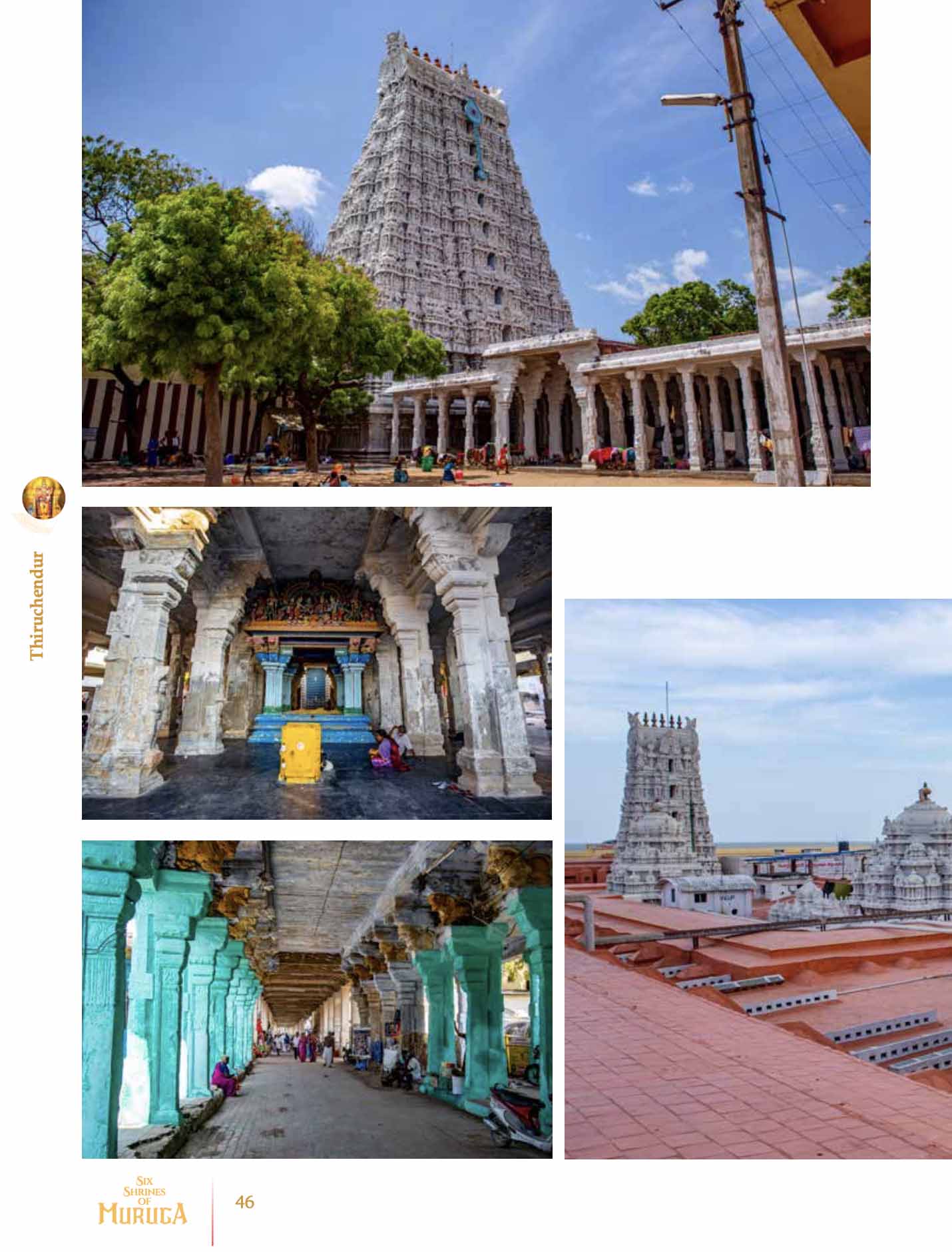
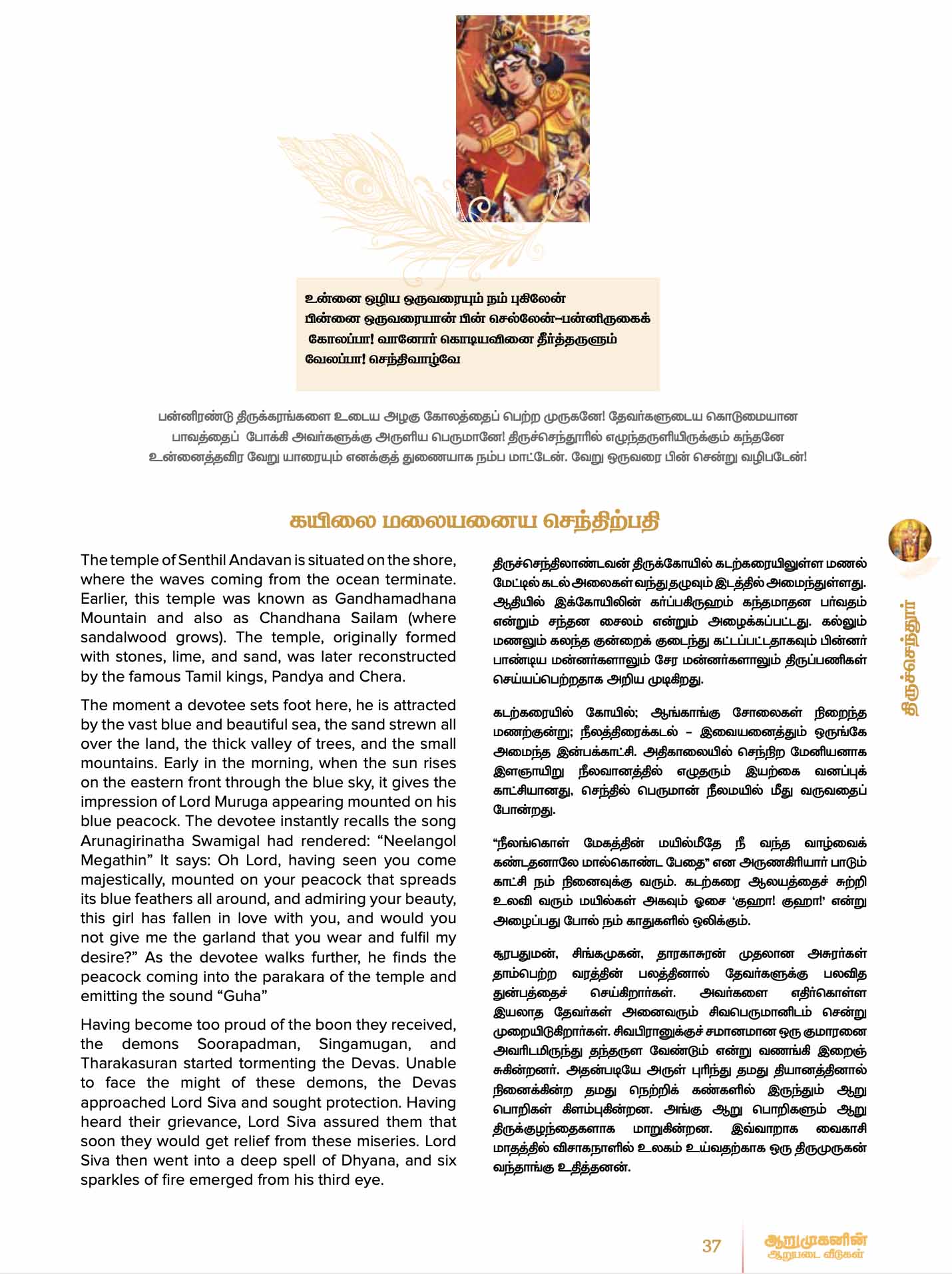
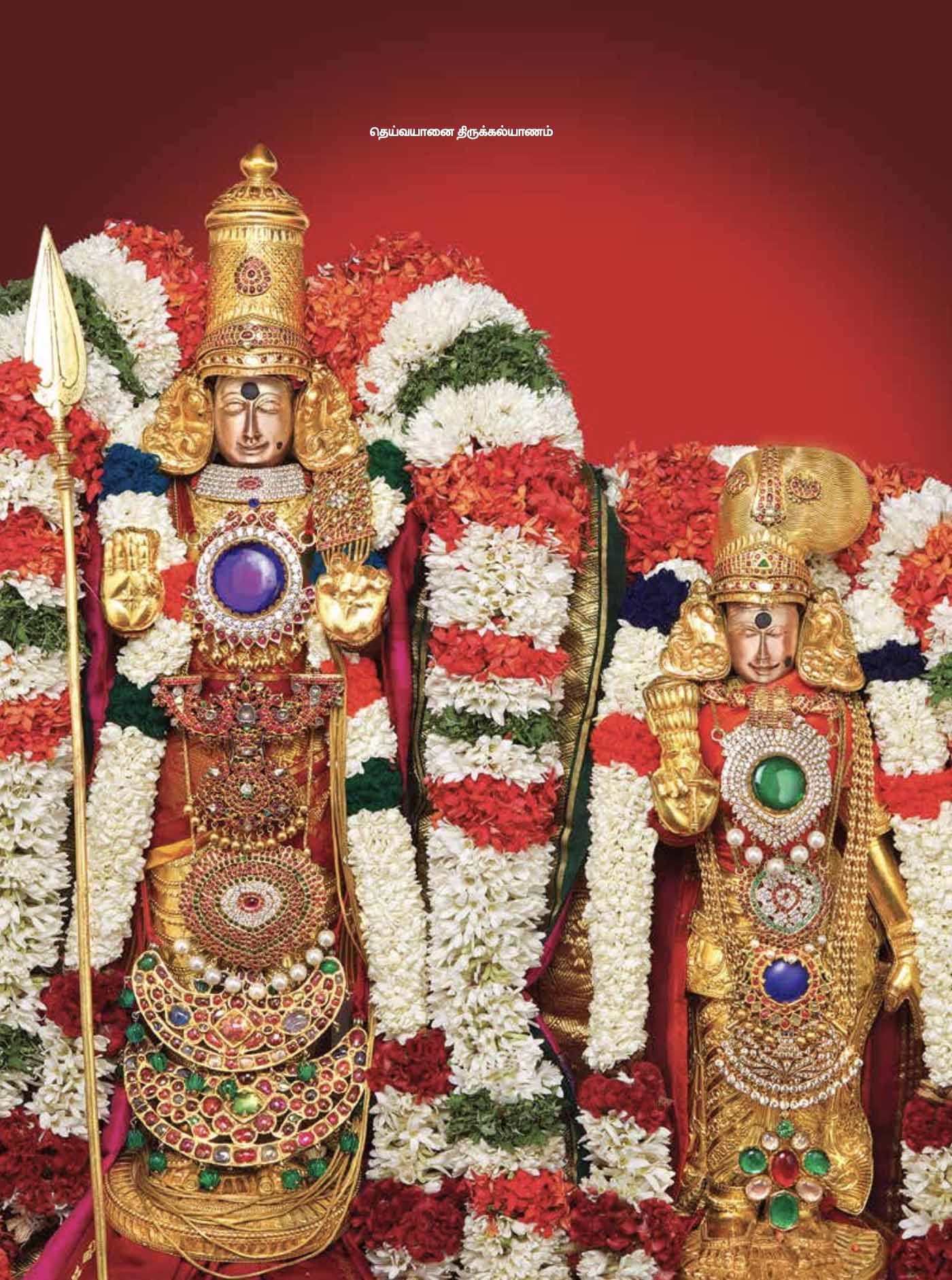
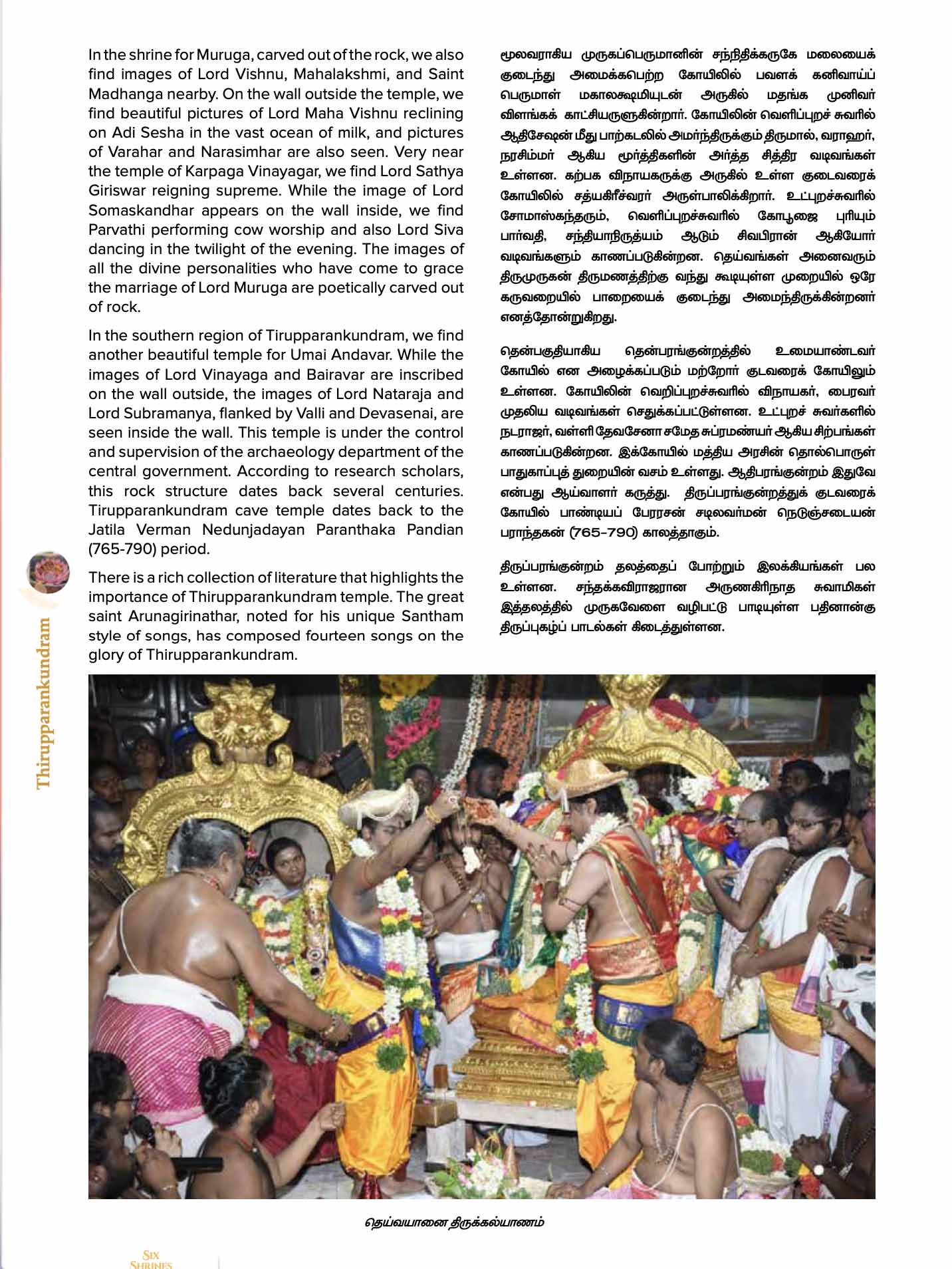
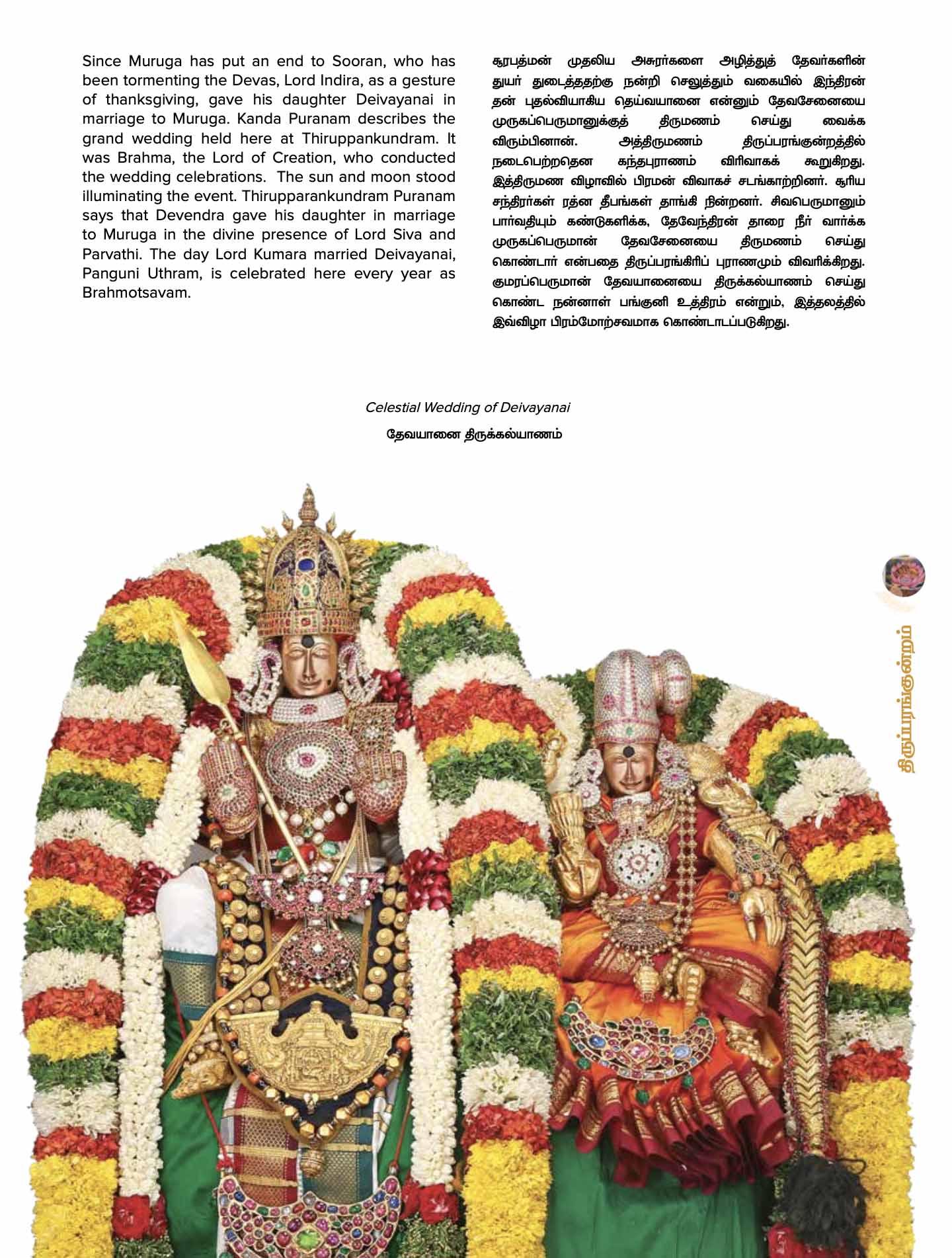
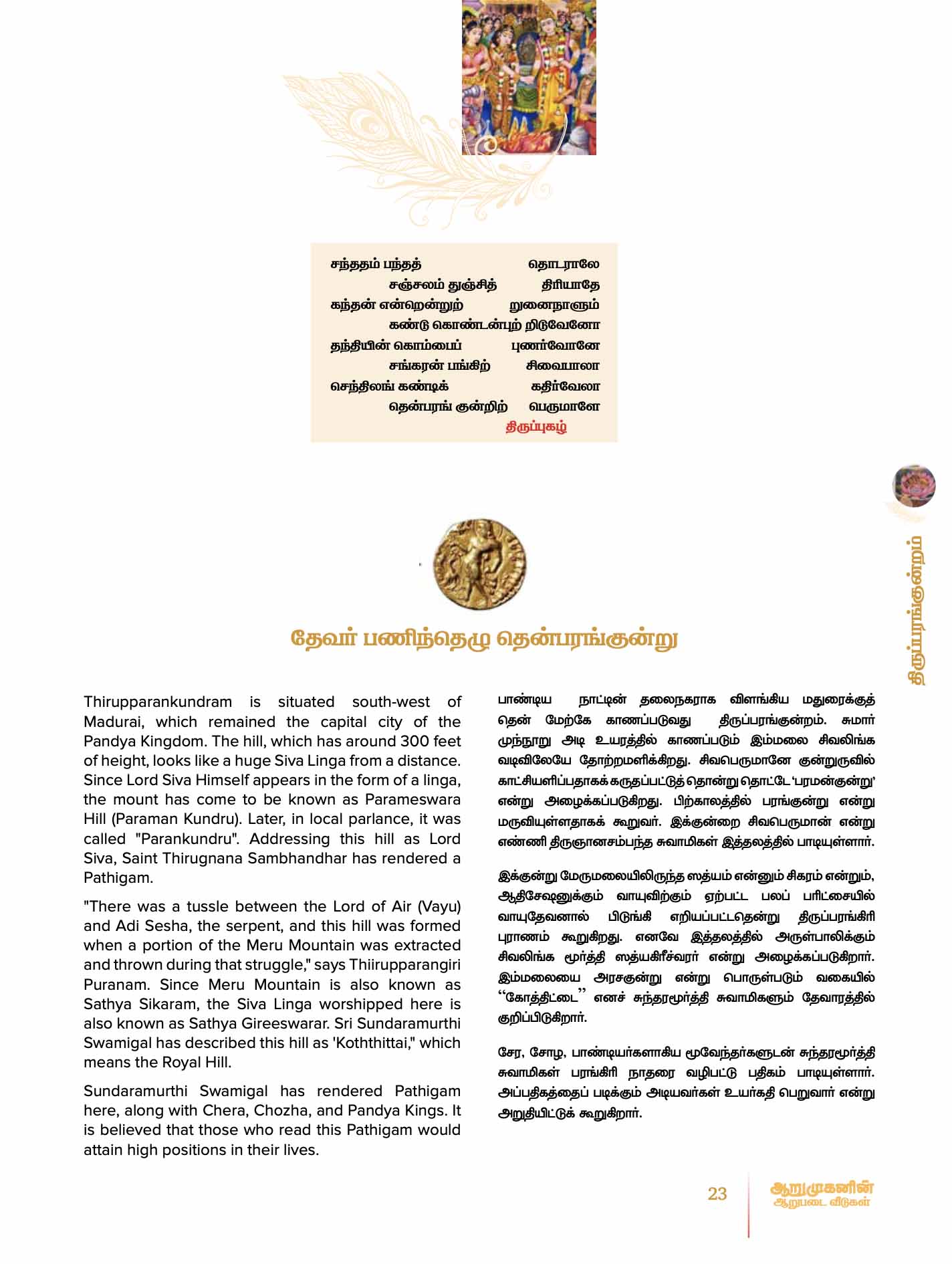
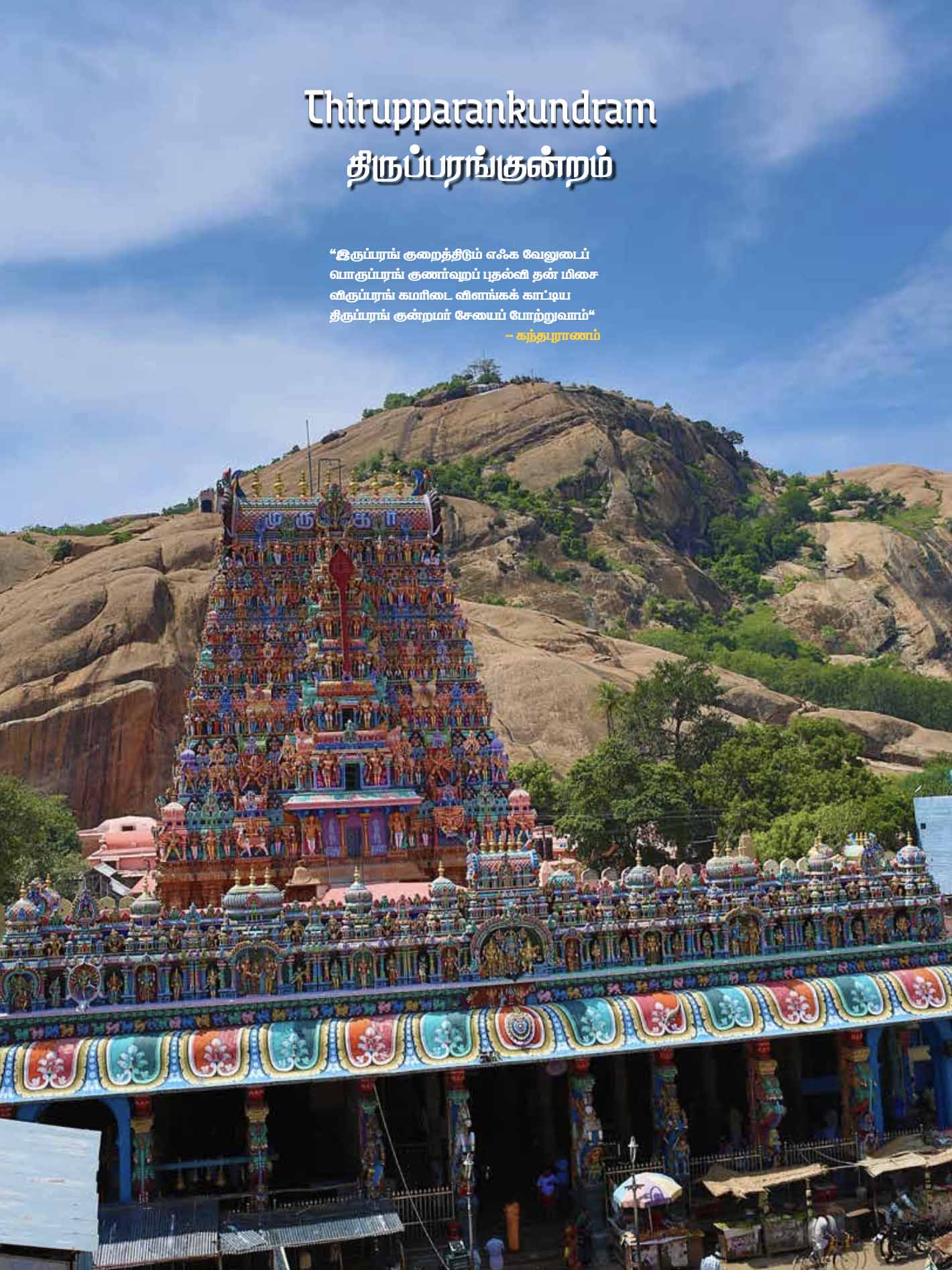
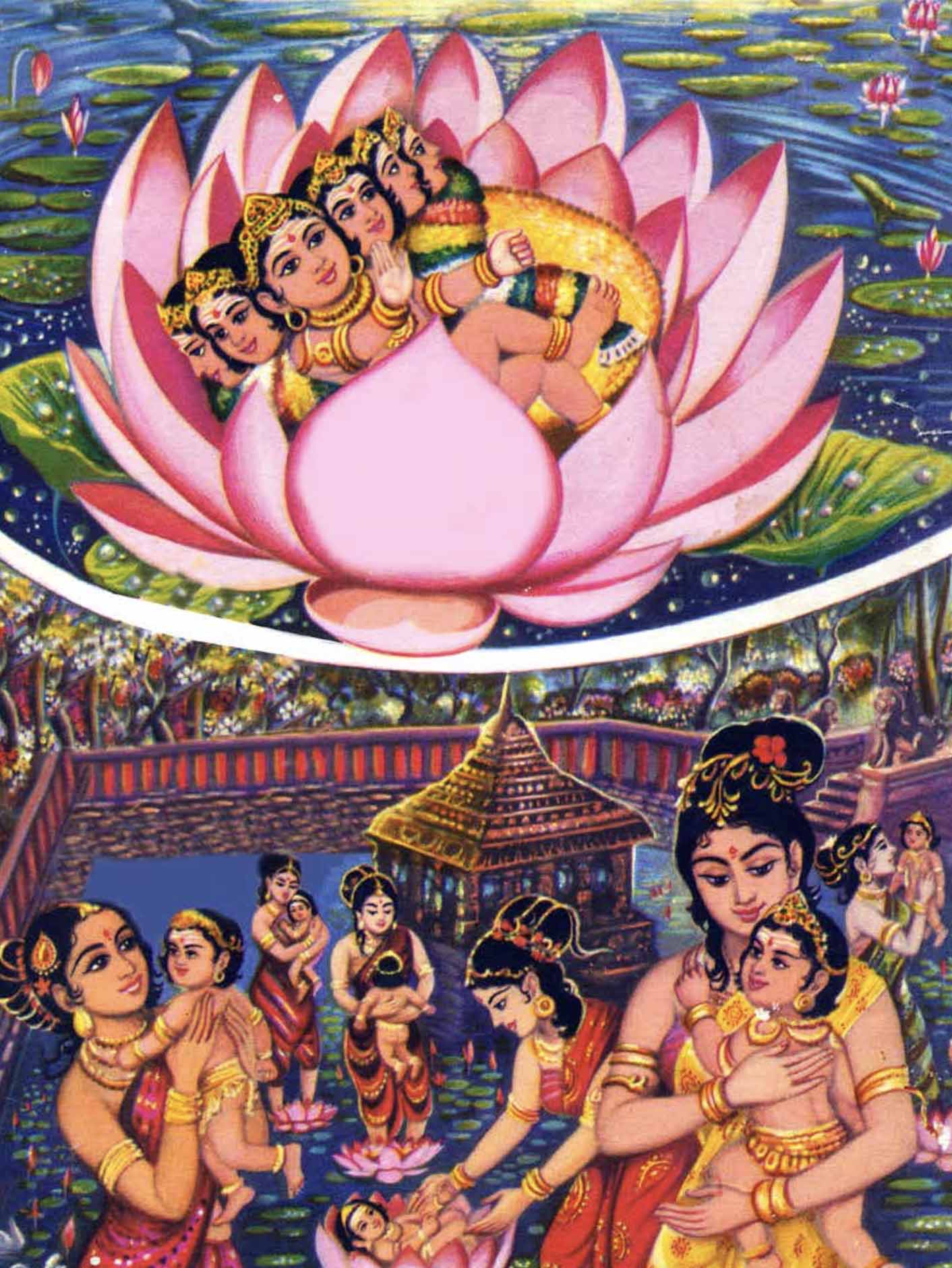
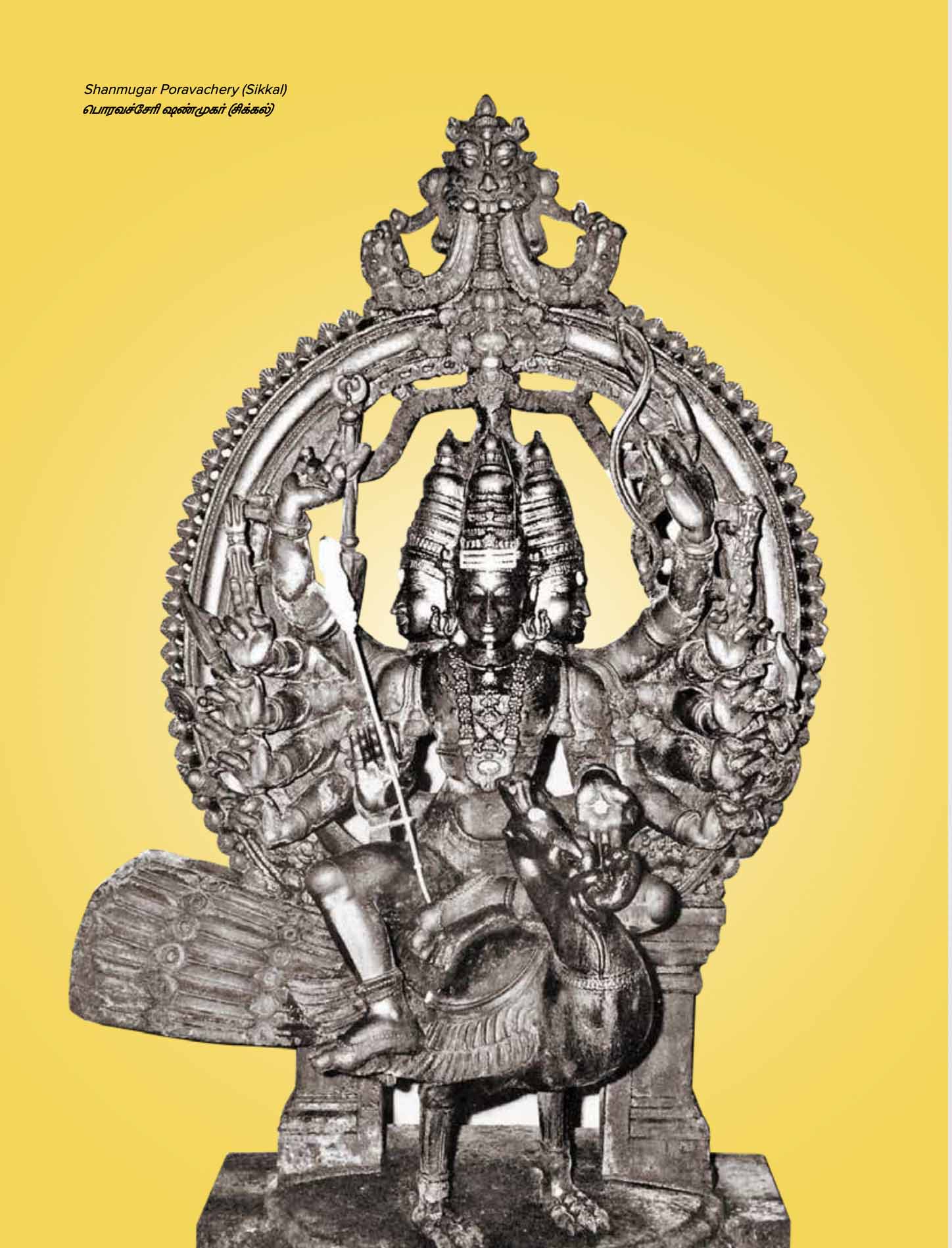
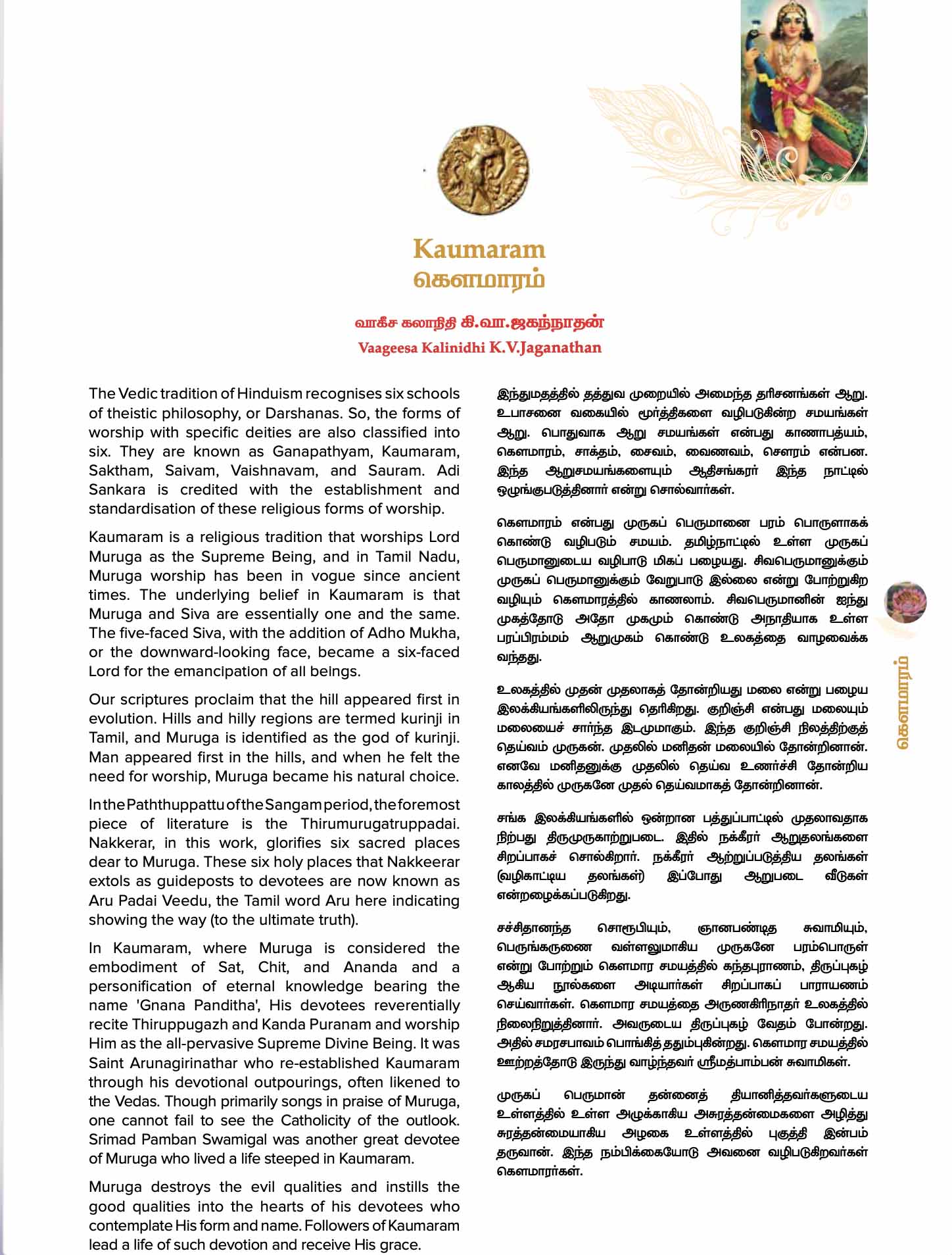
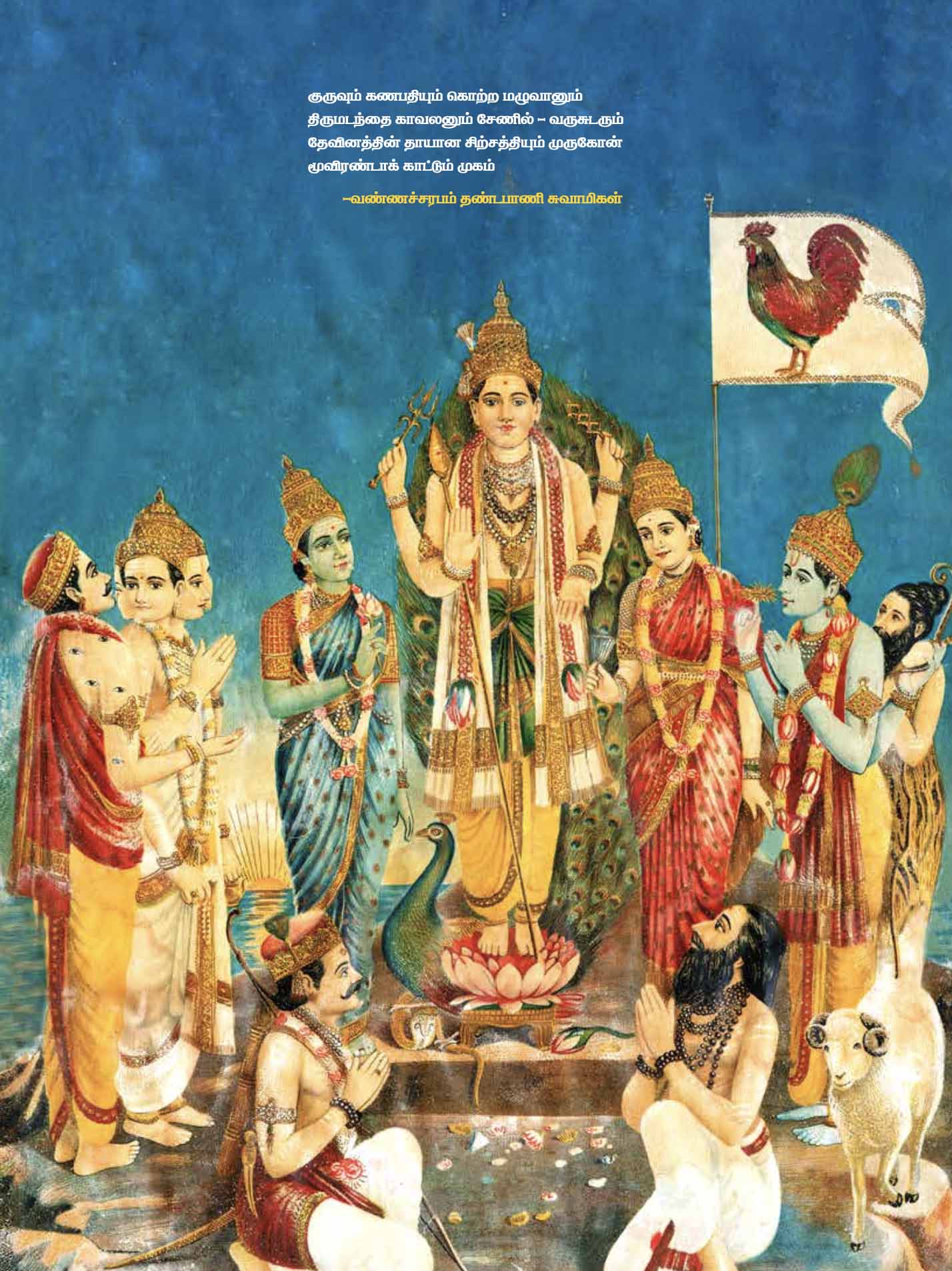
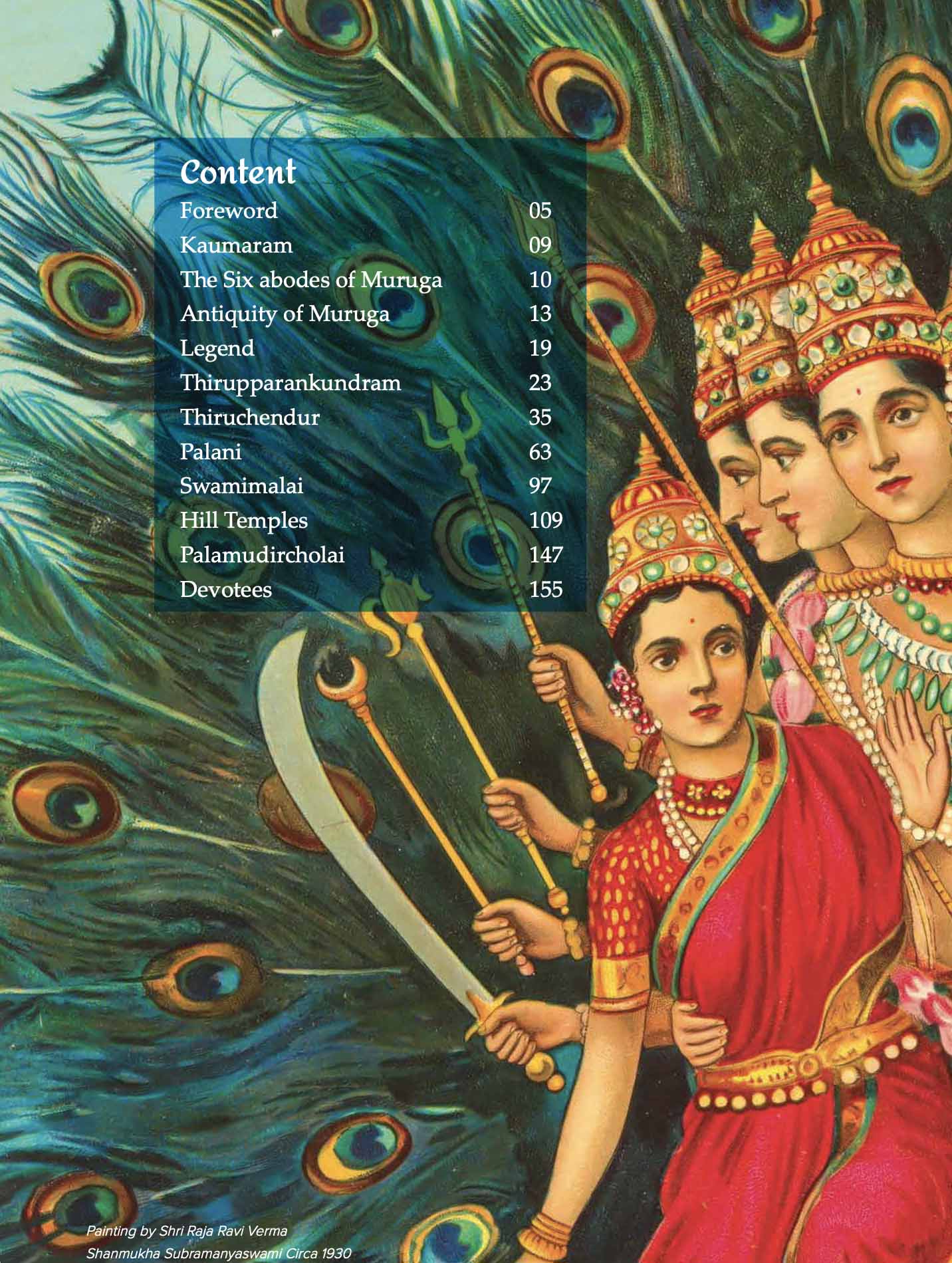
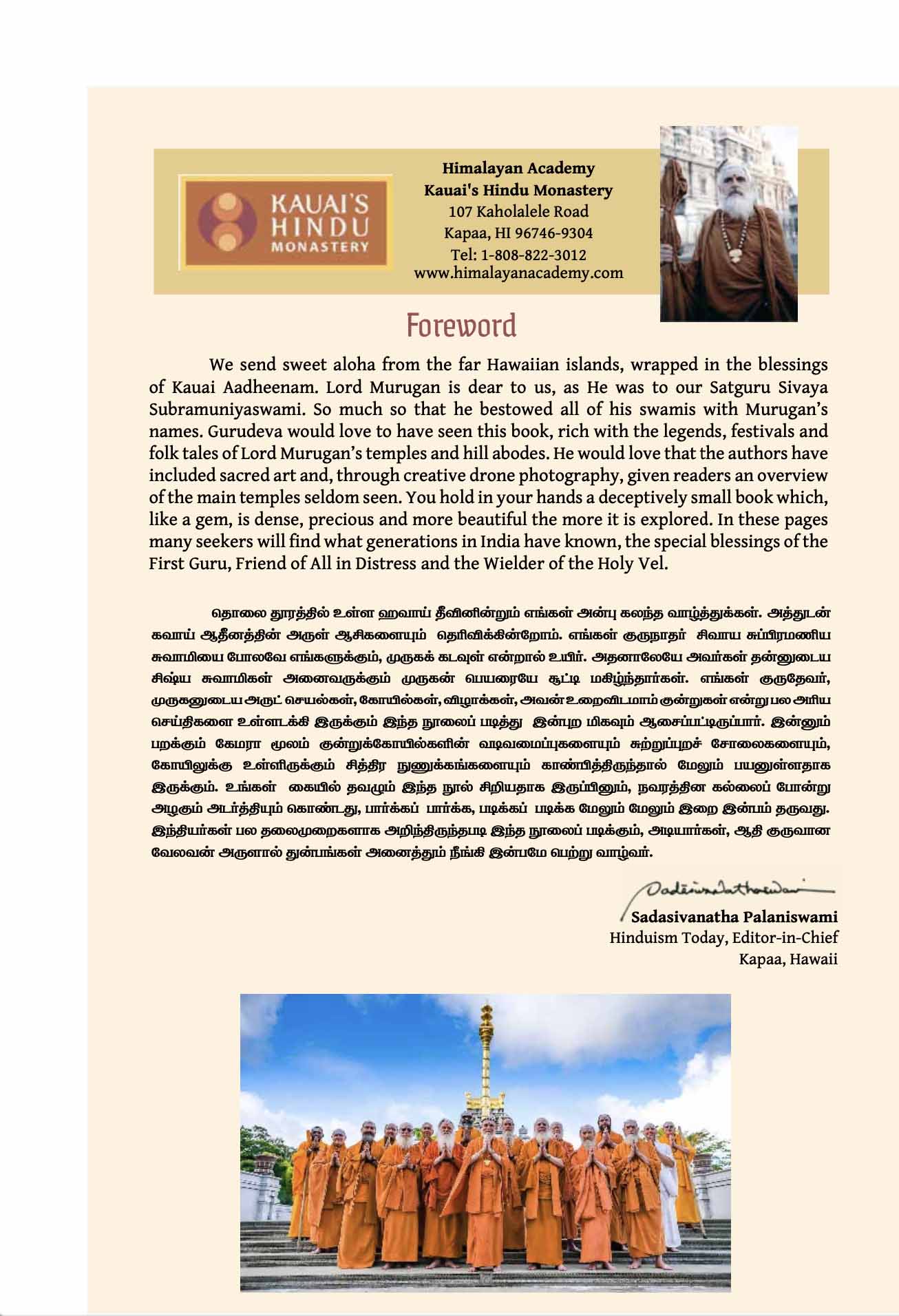
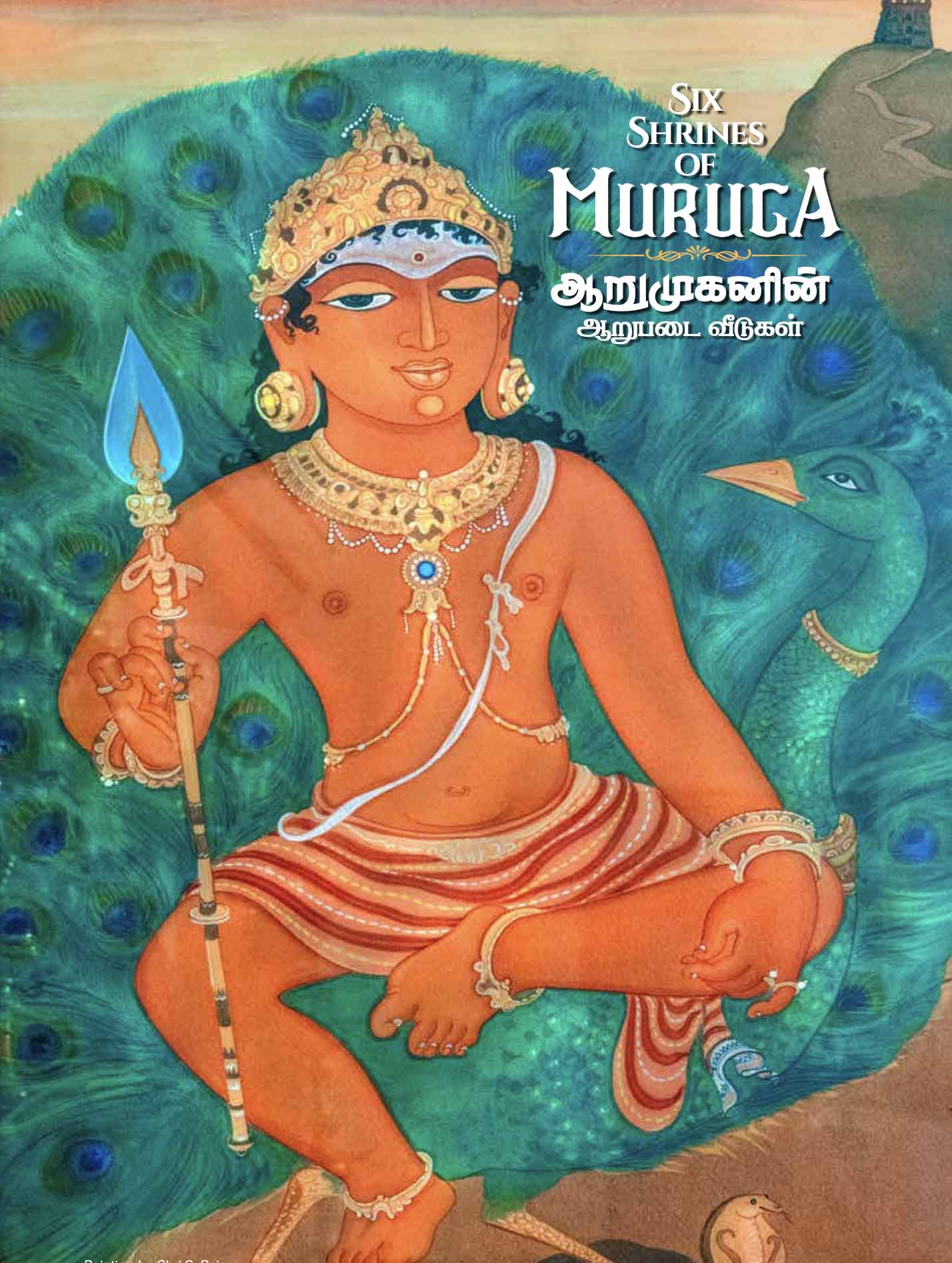
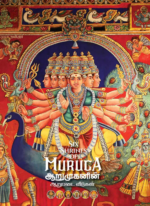

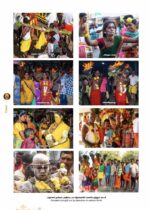
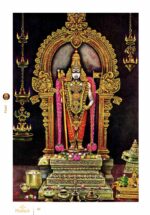
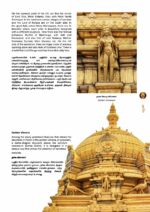
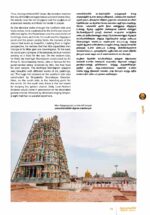
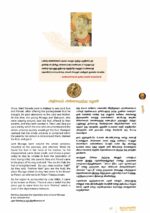
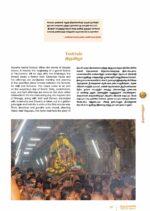
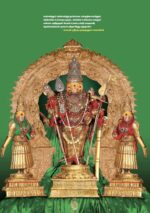

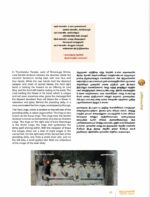
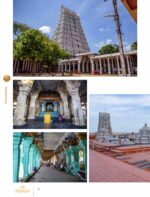
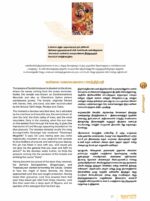
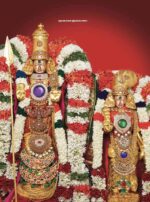
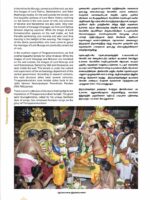
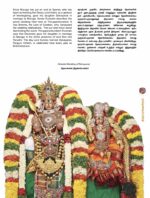
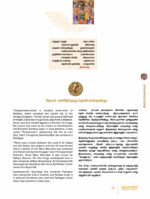
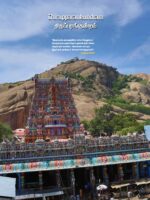
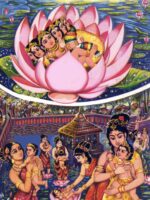
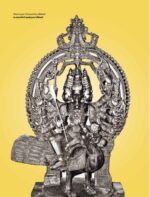
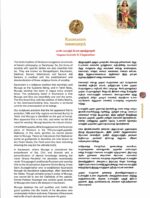
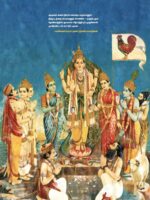
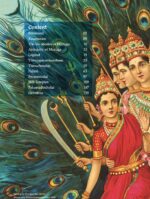
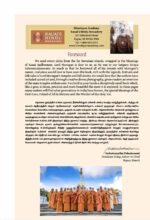
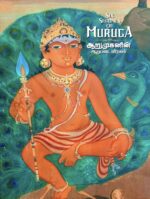
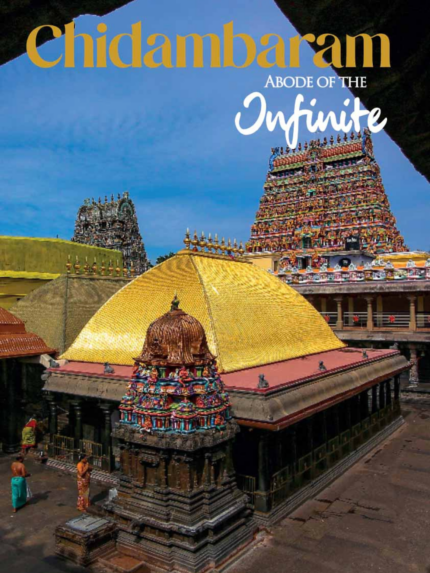
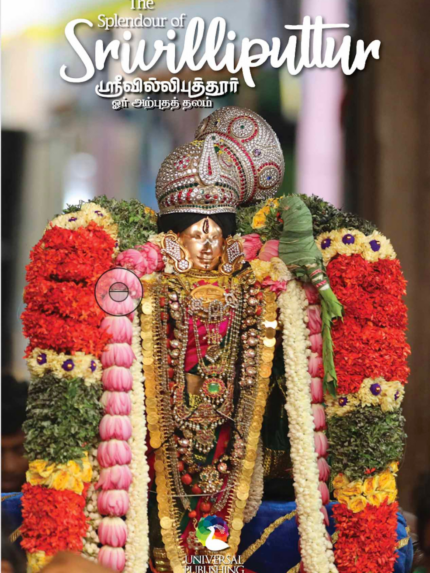
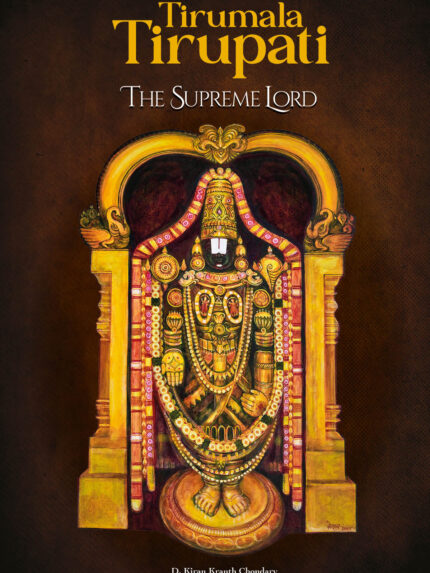
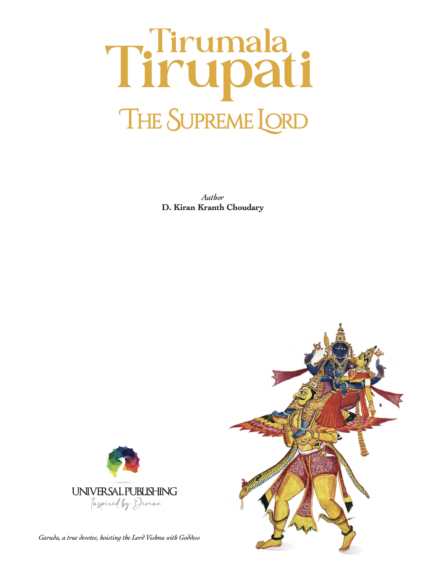
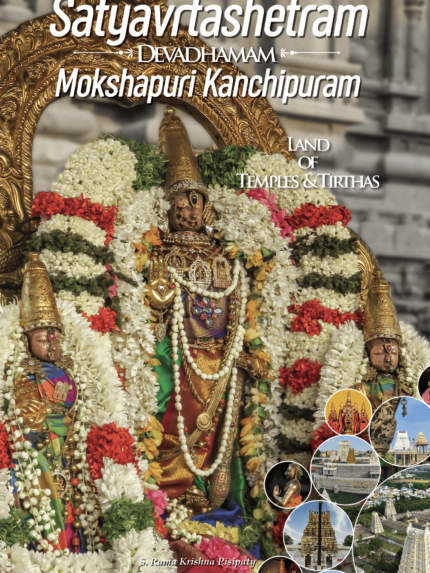
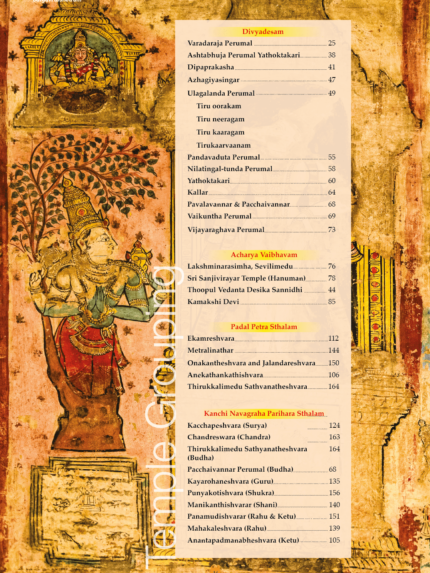

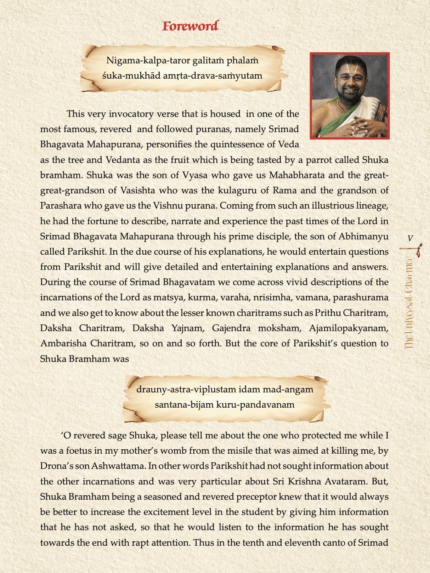
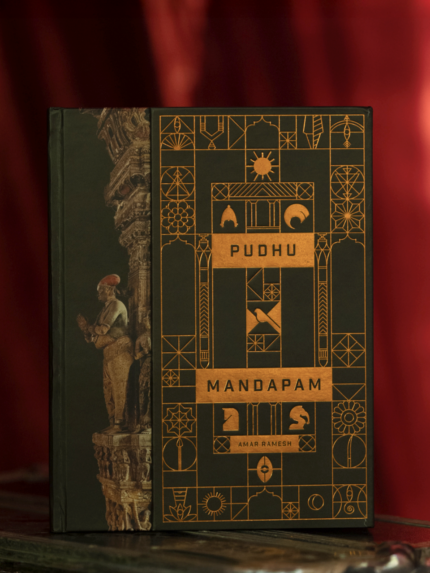
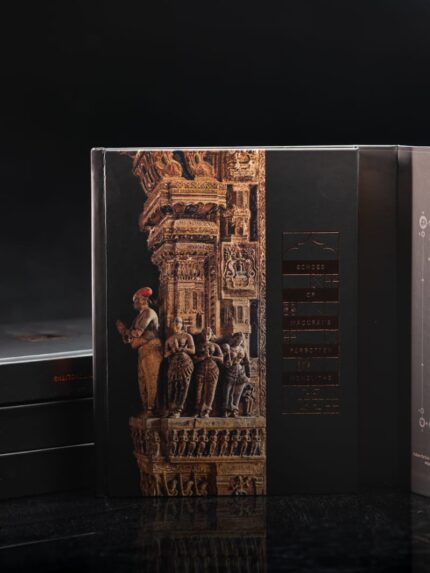
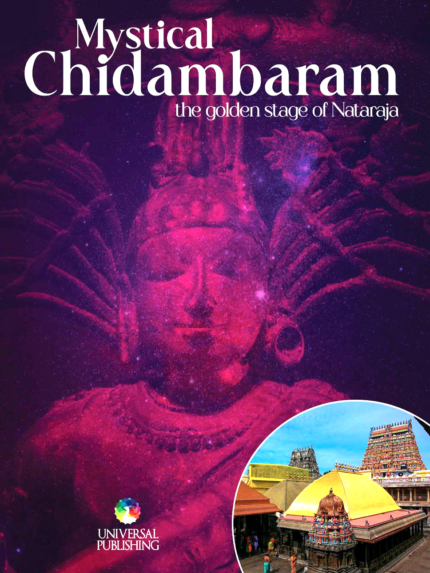
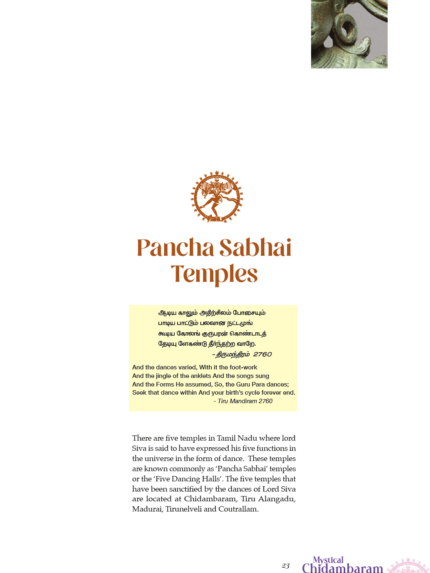
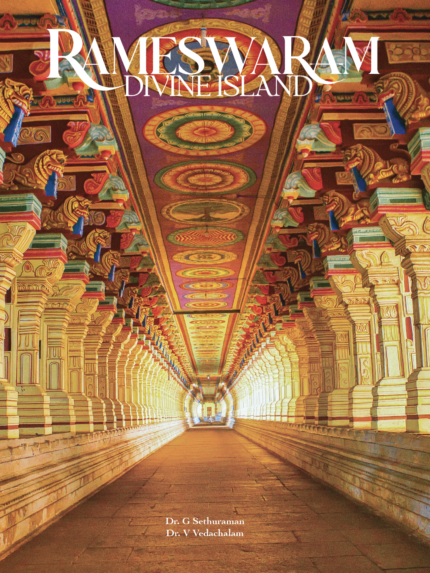
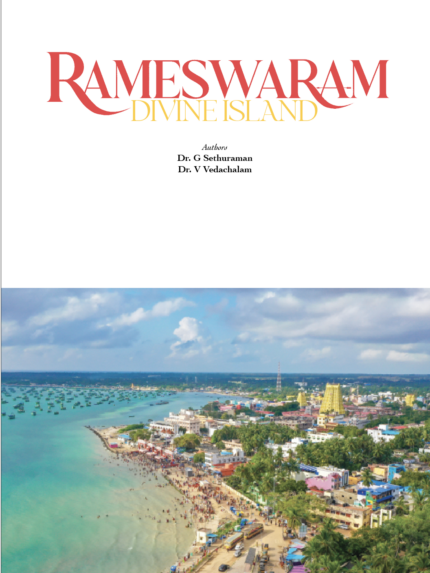
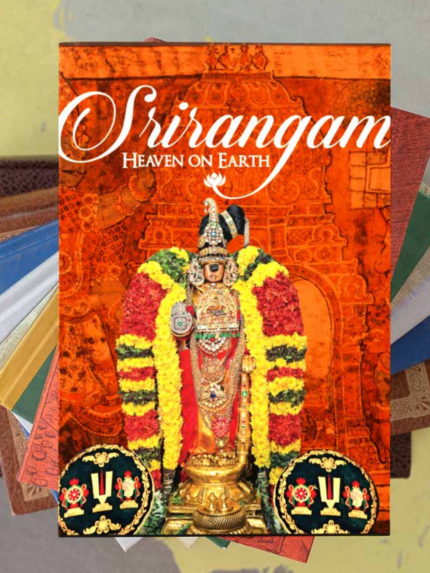
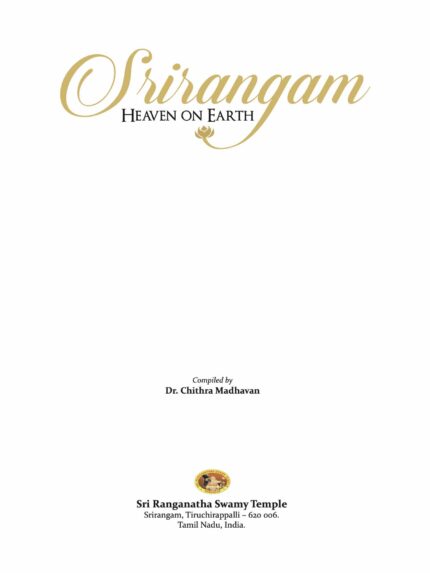
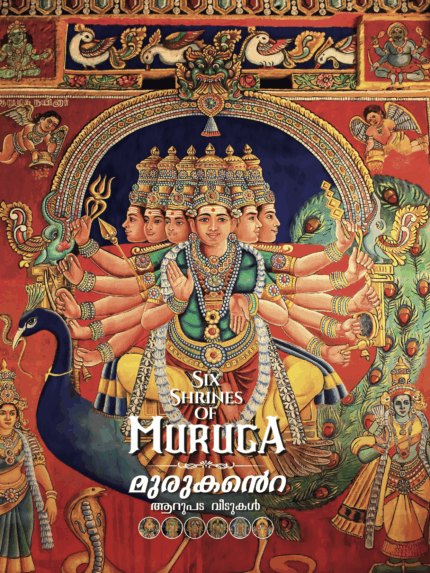
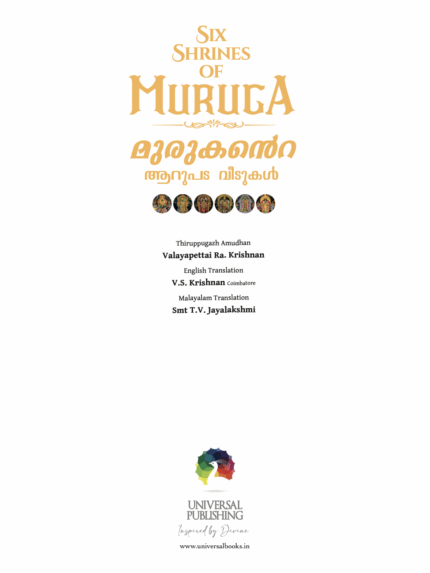
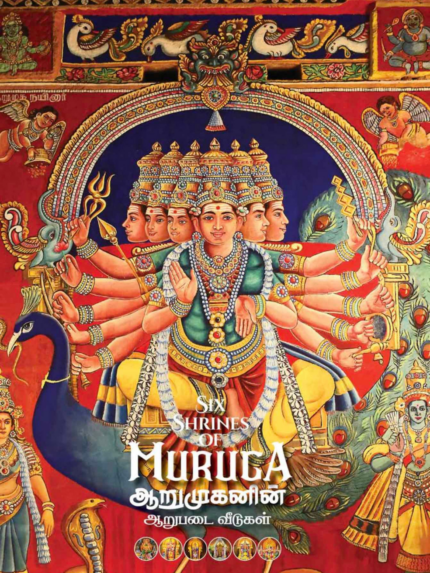
Reviews
Clear filtersThere are no reviews yet.